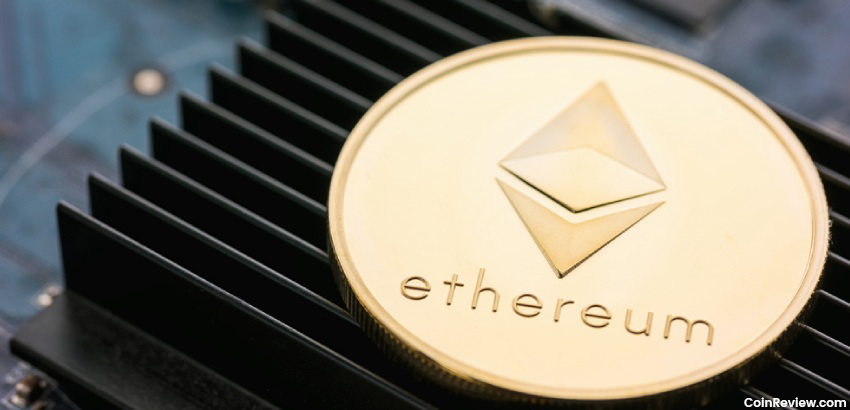

“If the Merge takes place, then it's really solidifying its position as the largest smart contract developer network,” Xi said.Ĭhainalysis economist Ethan McMahon said the change is also expected to make the Ethereum ecosystem more attractive to traditional financial institutions “who may have been standing on the sidelines for a while.”īut there are worries about how the Merge will play out. Ethereum, which supports other cryptocurrencies as well, plays a critical role in crypto as the industry’s dominant blockchain for smart contracts. The Merge is also expected to bolster the value and market position of ether, Ethereum’s native cryptocurrency, Fasanello added.Įven after the crypto market’s crash, ether currently has a market cap around $200 billion, making it the second most valuable cryptocurrency after bitcoin, which is worth roughly $410 billion. “That's a huge answer to environmentalist calls.” Ethereum’s plan to drop crypto mining, he said, was “one of the big reasons people flocked” to it versus bitcoin. “They're reducing energy by getting rid of the miners,” Mike Fasanello, chief compliance officer of LVL, told Protocol. The Ethereum Foundation says the Merge will reduce the network’s energy consumption by 99.95%. By moving away from proof of work, which bitcoin and several other currencies are sticking with, the blockchain is abandoning a system of “mining” that’s long been denounced for excessive energy use.

The change will likely enhance Ethereum’s cred as a more environmentally responsible ecosystem than, say, bitcoin.

The article also argues that Bitcoin's 'growing dominance by huge, centralized mining farms' is 'antithetical to a system that was designed to be decentralized.There’s fear around the Merge, but also excitement. Economic disincentives have been put in place to dissuade behavior that is bad for the network. In a proof of stake system, it would be harder than in a proof of work system for a group to gain control of the process, but it would still be possible: The more Ether a person or group stakes, the better the chance of being chosen as a validator or attestor. With sharding, Vitalik Buterin, the inventor of Ethereum, thinks that could go to 100,000 per second. Currently, Ethereum handles about 30 transactions per second. That's important for Ethereum, which has ambitions of becoming a platform for a vast range of financial and commercial transactions. It also is expected to increase the network speed. Like any other venture depending on cloud computing, its carbon footprint would then be only be that of its servers. It's thought that switching to proof of stake would cuts Ethereum's energy use, estimated at 45,000 gigawatt hours by 99.9%. The idea behind proof of stake is that the blockchain can be secured more simply if you give a group of people carrot-and-stick incentives to collaborate in checking and crosschecking transactions. Along with being greener and faster, proponents say the switch, now planned to be phased in by early 2022, will illustrate another difference between Ethereum and Bitcoin: A willingness to change, and to see the network as a product of community as much as code. It was pioneered by Bitcoin and adopted by Ethereum, and has come under increasing criticism for its environmental impact: Bitcoin miners now use as much electricity as some small nations. Miners are the heart of a system known as proof of work. 'Perhaps the most important is the jettisoning of the 'miners' who track and validate transactions on the the world's most-used blockchain network.

'Ethereum is making big changes,' writes Bloomberg.


 0 kommentar(er)
0 kommentar(er)
